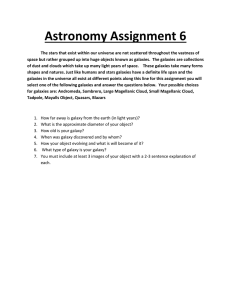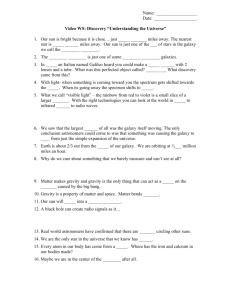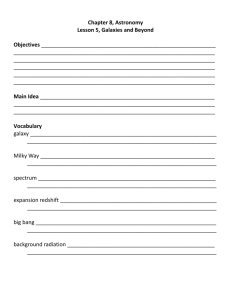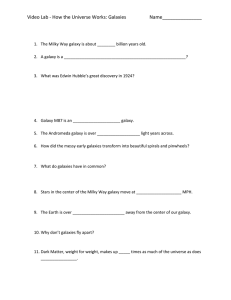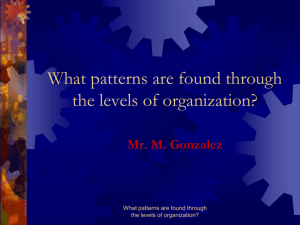Study guide
advertisement
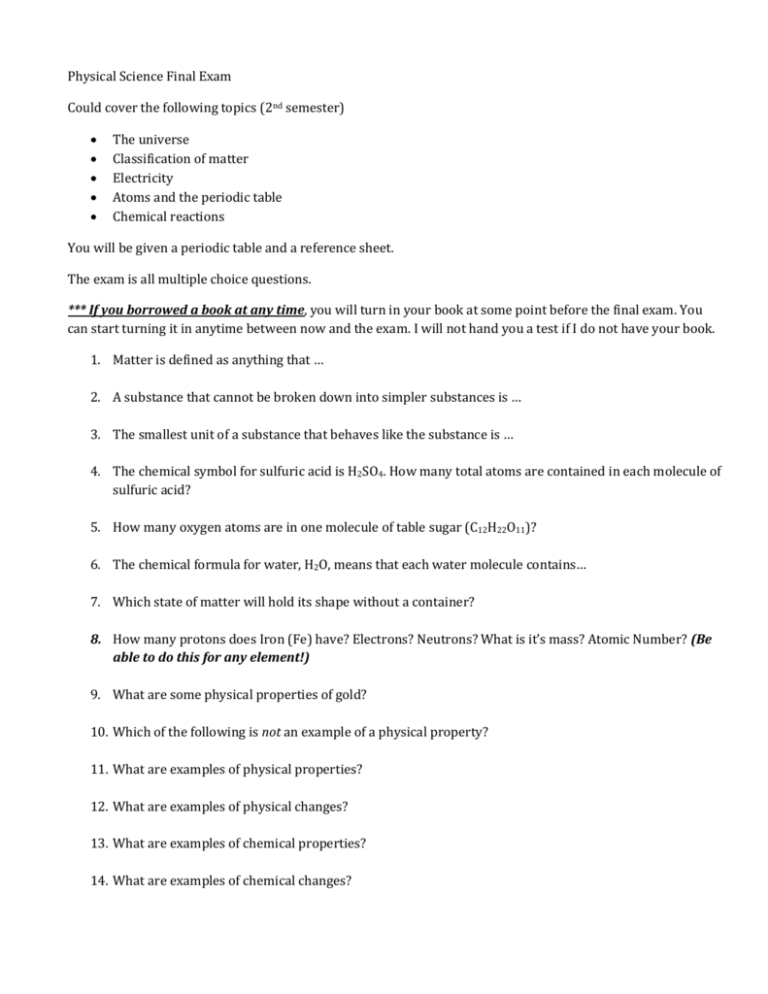
Physical Science Final Exam Could cover the following topics (2nd semester) The universe Classification of matter Electricity Atoms and the periodic table Chemical reactions You will be given a periodic table and a reference sheet. The exam is all multiple choice questions. *** If you borrowed a book at any time, you will turn in your book at some point before the final exam. You can start turning it in anytime between now and the exam. I will not hand you a test if I do not have your book. 1. Matter is defined as anything that … 2. A substance that cannot be broken down into simpler substances is … 3. The smallest unit of a substance that behaves like the substance is … 4. The chemical symbol for sulfuric acid is H2SO4. How many total atoms are contained in each molecule of sulfuric acid? 5. How many oxygen atoms are in one molecule of table sugar (C12H22O11)? 6. The chemical formula for water, H2O, means that each water molecule contains… 7. Which state of matter will hold its shape without a container? 8. How many protons does Iron (Fe) have? Electrons? Neutrons? What is it’s mass? Atomic Number? (Be able to do this for any element!) 9. What are some physical properties of gold? 10. Which of the following is not an example of a physical property? 11. What are examples of physical properties? 12. What are examples of physical changes? 13. What are examples of chemical properties? 14. What are examples of chemical changes? 15. Balance Zn + HCl ----> ZnCl2 + H2 16. How many universes are known to exist? 17. What is a light-year? 18. What galaxy is our solar system a part of? 19. Galaxies can be classified based on what? 20. What shape is our galaxy classified as? 21. Clusters of galaxies are called what? 22. Who was the first scientist to propose that the universe in expanding? 23. What is red shift? 24. What is blue shift? 25. A star’s apparent brightness is dependent upon what? 26. How is a star formed? 27. What state will most stars in the Milky Way galaxy end up in? 28. What are quasars? 29. What are the three basic types of galaxies? 30. How can a star’s surface temperature be estimated? 31. How are stars held together? 32. When are objects attracted to each other (talk about charges)? 33. When are objects repelled from each other (charges)? 34. What two factors cause variance in electric force? 35. Every charged particle produces what? 36. Describe the behavior of electric field lines around a negatively charged particle. 37. What is potential difference measured in? 38. Describe the terminals of a battery. 39. What is (electrical) current? 40. What causes resistance? 41. What is the unit of resistance? 42. Describe the resistance of an insulator and of a conductor. 43. What happens to the resistance of a superconductor when its temperature drops below the critical temperature? 44. Looking at conductors, insulators, superconductors, and semiconductors, rank them in order of most resistance to least resistance. 45. Objects connected so that they form a single pathway for charges to flow are connected in what kind of circuit? 46. What is a device that protects a circuit from a current overload? 47. A chemical equation is balanced by changing or adding what? (choices: chemical symbols, subscripts, coefficients, or reactants) 48. What are isotopes? 49. What are ions? 50. What types of elements are involved in ionic bonding? Covalent bonding? Metallic bonding? (Metals? Nonmetals?)


